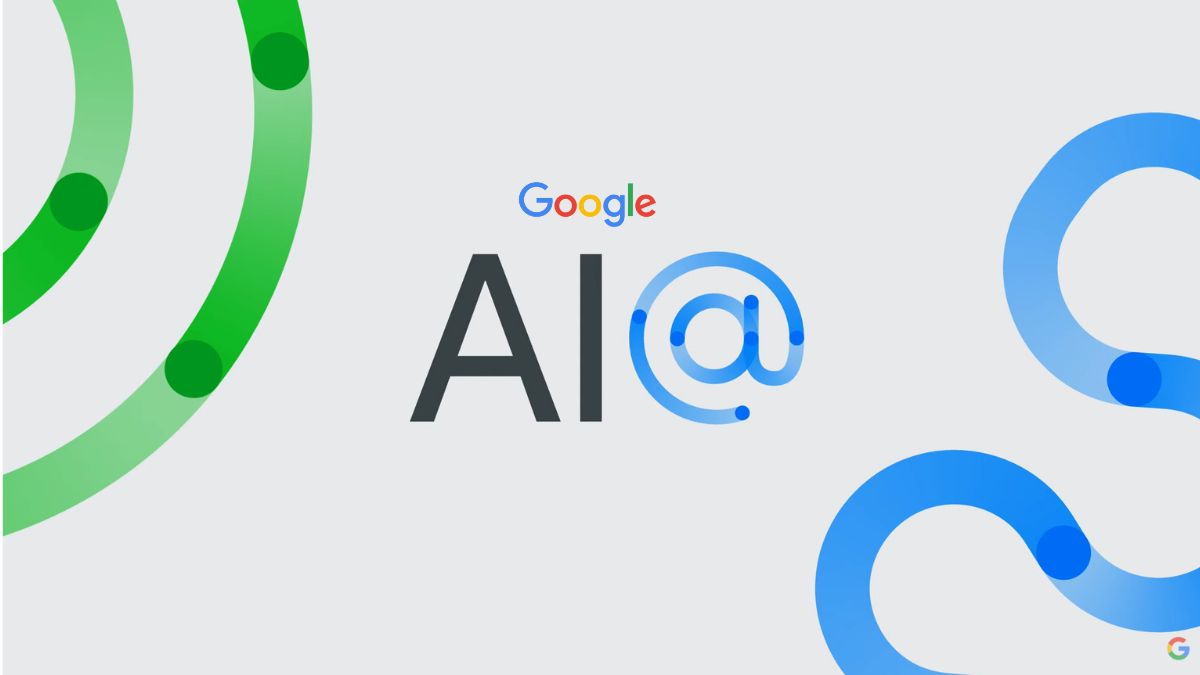With the rapid emergence of generative AI technology, major tech companies are in a race to establish themselves as leaders in this field. Google, being an influential pioneer in spearheading new innovations, aims to reinforce its reputation as a thought leader with the introduction of a Generative AI Learning Path. This comprehensive educational program compiles Google’s considerable expertise into an authoritative curriculum on the future of AI. As part of this effort, Google has released 10 free courses on AI, ranging from basic to advanced topics such as Introduction to Generative AI Studio, Large Language Models , Image Generation, and Encoder-Decoder Architecture. Through these courses, Google is making a formidable effort to expand the public’s understanding of artificial intelligence.”

The learning path includes the following 10 courses:
1. Introduction to Generative AI
This is an introductory overview of the transformative world of Generative AI. In this 45-minute microlearning course, you will gain an understanding of what makes Generative AI unique and how it diverges from traditional machine learning approaches. It also covers Google Tools to help you develop your own Generative AI apps. By the end of this course, you’ll have a foundational knowledge of Generative AI and how to harness it
2. Introduction to Large Language Models
This is an introductory microlearning course on leveraging large language models for Generative AI. In just 45 minutes, you will gain an understanding of what LLMs are, their capabilities, and how to maximize their potential using prompt tuning. It explains the architecture and training of large language models, including Google’s own models like and PaLM. You’ll learn about the range of applications where LLMs show promise, from content generation to summarization. You’ll get hands-on practice fine-tuning prompts using Google’s open-source resources.
By the end of this course, you’ll have a solid grasp of large language models and how to tap into their capabilities using prompt tuning. You’ll be ready to start incorporating LLMs into your own Generative AI projects and models.
3. Introduction to Responsible AI
Responsible AI has become an urgent priority as advanced technologies like generative AI raise new ethical concerns. In this course, you will learn about Google’s industry-leading efforts to integrate accountability into its AI systems.
We will explore Google’s 7 key AI principles, which provide a framework for developing socially beneficial, safe, and privacy-focused AI applications. You’ll understand how principles like accountability, safety, privacy, and fairness guide the development of Google AI products like LaMDA and Imagen.
Through concrete examples, you’ll see how Google operationalizes responsible AI with technical solutions like differential privacy, robustness testing, and algorithmic audits. By the end of this course, you’ll have a deeper understanding of the thoughtful approach Google takes to ensure its world-class AI technology also promotes social good.
4. Generative AI Fundamentals
After completing the first three courses, you will delve into the core concepts of generative AI in this comprehensive course. It serves as a quiz to test your knowledge and understanding of the basic concepts covered so far.
Throughout this course, you will be challenged with real-world scenarios and practical exercises, allowing you to apply your newfound knowledge to solve complex generative AI problems. You will explore various techniques, including neural networks, deep learning, and probabilistic models, all essential for building effective generative AI systems.
By the end of this course, you will have a solid grasp of the fundamental principles behind generative AI and its applications. This knowledge will lay a strong foundation for the subsequent courses in the learning path, empowering you to tackle more advanced topics with confidence.
5. Introduction to Image Generation
This course is an introduction to diffusion models in machine learning.
Diffusion models are a type of AI that generates images. They are based on physics concepts like thermodynamics. In just a few years, diffusion models have rapidly moved from research concept to industry adoption. They now power many state-of-the-art image creation tools, including on the Google Cloud platform.
This course will teach you:
- The theory behind how diffusion models work
- How to train diffusion models with Vertex AI
- How to deploy diffusion models after training
By the end, you’ll understand diffusion models and how to use them for : image generation with Google Cloud.
6. Encoder-Decoder Architecture
Learn about encoder-decoder architecture, a key machine learning tool for sequence-to-sequence tasks.
Encoder-decoder models are used for:
- Machine translation – Turning text from one language to another
- Text summarization – Shortening long text into key points
- Question answering – Generating answers based on input questions
This course will teach you:
- How encoder-decoder architecture works
- Applications like translation, summarization, Q&A
- Coding a simple encoder-decoder model yourself
7. Attention Mechanism
This course teaches about the attention mechanism in machine learning.
The attention mechanism helps neural networks focus on important parts of input data.
It is useful for sequence tasks like translation and speech recognition.
To get the most out of this course, you should have:
- Knowledge of machine learning and deep learning
- Experience with natural language processing
- Familiarity with Python programming.
By the end, you will know how the attention mechanism works and why it improves neural network performance.
8. Transformer Models and BERT Model
This course covers more advanced concepts like transformers and BERT models.
It requires some prior experience with machine learning.
You will learn:
- Main parts of transformer models
- Bidirectional Encoder Representations from Transformers (BERT)
- Self-attention mechanism in BERT
- Using BERT for text classification
By the end, you’ll understand key components of transformers and BERT. and how these models are used for NLP tasks like text classification.
9. Create Image Captioning Models
Learn to make an image captioning model with deep learning.
Image captioning is when an AI creates a description for a picture.
The course teaches:
- Different parts of an image captioning model. Like the encoder and decoder.
- How to train an image captioning model on picture datasets.
- Evaluating how well the model captions new images.
- Building your own image captioning models from scratch.
By the end, you will have created image captioning models that can generate captions for photos.
10. Introduction to Generative AI Studio
This course teaches about Generative AI Studio on Vertex AI.
Generative AI Studio helps you:
- Prototype and customize generative AI models
- Use generative models in your applications
In the course you will learn:
- What Generative AI Studio is
- The features and options it offers
- How to use it by going through product demos
By publicly showcasing its formidable generative models and technologies through these courses, Google asserts its thought leadership and technical prowess. The curriculum underscores the company’s continued commitment to advancing AI while democratizing access to this dynamic field for the public. Both established experts and newcomers can now tap directly into the minds behind Google AI through this empowering education portal.


